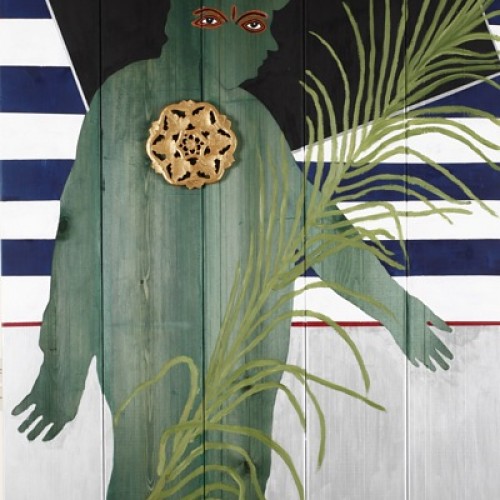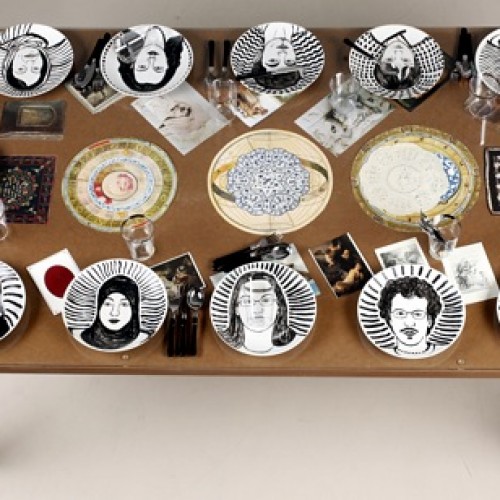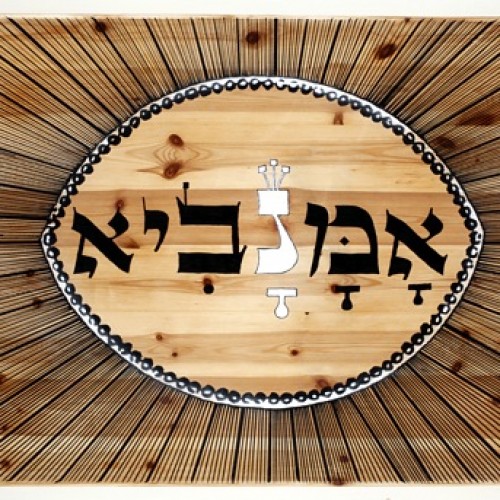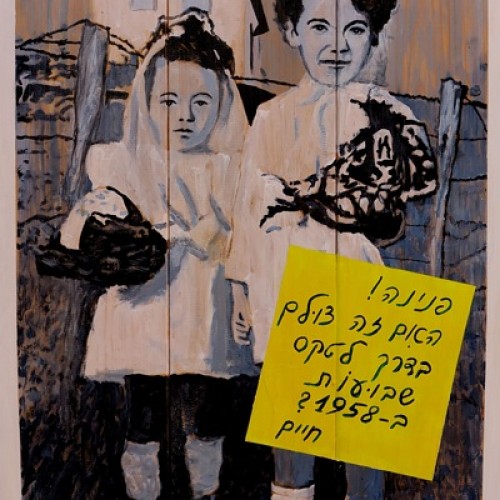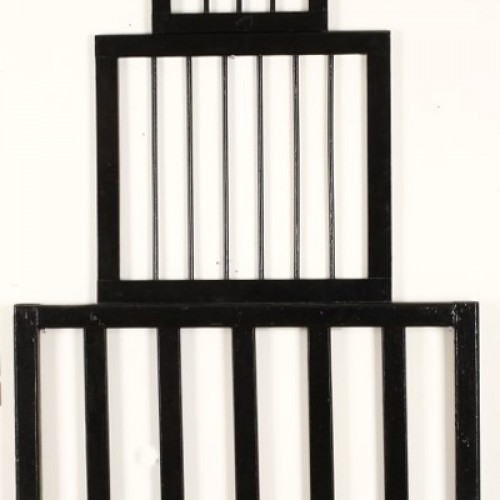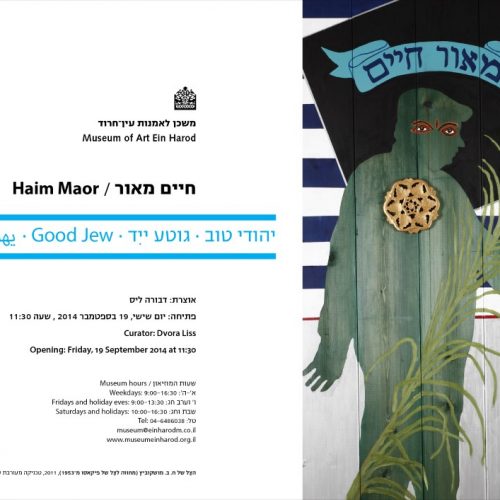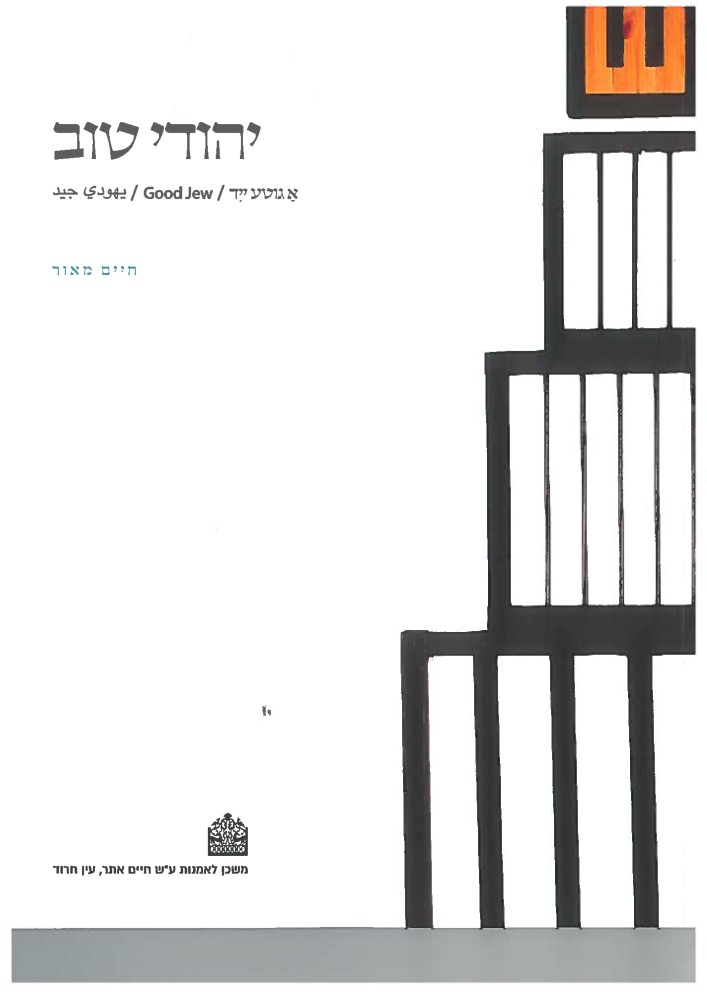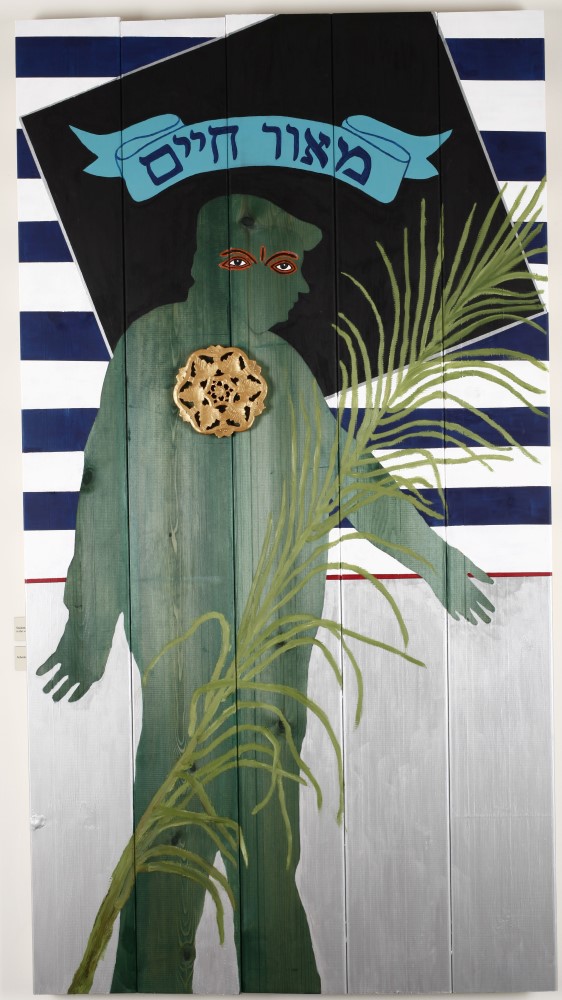
When the young pioneers who were to found Kibbutz Ein Harod embarked upon their long journey from Europe to Eretz Yisrael, they took with them Jewish ritual and ceremonial objects from their parents’ homes. These objects became the core of the Judaica collection at the Mishkan Le’Omanut, the Museum of Art in Ein Harod.
All of these ritual articles have been meticulously measured and examined by the museum staff. Each item’s hallmarks, inscriptions, condition, and stylistic features have been carefully recorded and the provenance and acquisition history of each object determined through long hours of painstaking research.
I have repeatedly examined these objects and imagined the various families that once used them in their religious observances. Consider the Chanukiah from Plonsk on display in the glass vitrine and envisage the particular household to which it had belonged. The mother of the family would remove the Chanukiah from its regular spot on a shelf and clean it in preparation for the approaching holiday. On the first night of Chanukah it was placed by the window sill; only the shamash and the first holy candle were inserted and lit. Family members gathered round and sang Hanerot Halalu and Maoz Tzur as the aroma of frying potato latkes reached them from the nearby kitchen. Children’s lips and fingers shined with latke oil as the youngsters vied with each other to win the most gelt playing dreidel. This scene reoccurred each night as yet another candle was added to the Chanukiah until finally the festival’s eight days reached their end. The next morning the mother of the family poured boiling water on the Chanukiah to melt off the remaining wax and with it the memories of the vanished holiday. The Chanukiah was returned to its place of honor in the living room for use the following year.
Of course, we will never know the actual stories of all those families or precisely how they celebrated the holidays and incorporated each object into their observances. However, as the “keeper” of these objects, I must go beyond merely evaluating their size, material, and origin and acknowledge their individual “fragrances and music.” These musings lead us directly to our presentation of Haim Maor’s (Moshkovitz) art.
Haim Maor’s Good Jew exhibition is not really a solo show. Here his work is set in physical juxtaposition with the objects and artifacts of the Judaica collection and engages them in a kind of dialog. The objects are placeholders for thoughts, and when they are situated in proximity to Maor’s art each reverberates, ricochets and reflects off the other. The conversation that ensues is as fascinating as the art itself. This then is a group show of Haim Maor and the anonymous artists of the Judaica collection.
Haim Maor
I have watched Haim Maor bring countless visitors to the Judaica wing during the twenty years of my work at the museum. I have listened to him eloquently guide visitors through the various exhibitions. His fascination with the Judaica wing has always intrigued me. Maor is a teacher, scholar, curator and researcher of Israeli art. Why would the Judaica wing interest him? My experience has always been that Israeli artists are not interested in Judaica. Israeli art seems removed from Jewish symbols, ceremony, and ritual. Why didn’t Haim side step the Judaica collection?
David Sperber, the independent curator and art critic, once wrote: Israeli culture and the plastic arts in particular, have always maintained a complex and ambivalent relationship with Judaism. In the Israeli critical discourse one can identify accepted, fixed patterns that defy tradition and religion alongside manifestations of continuity and expressions attesting to Jewish tradition’s infiltration into local art. Even when artists employ Jewish sources, the scholars and critics interpreting their work often deny and detach their art from the traditionalist world.
Haim Maor (Moshkovitz) has always been an exception. For the past thirty-seven years, he has employed the media of performance, installations, photography, and painting to explore Israeli/Jewish collective identity through the lens of his own familial story. He has created a major body of work relating to the Holocaust and has spent most of his artistic career dealing with the subjects of memory, identity and otherness. His obsession with Jewish and Diasporic themes has kept him slightly on the fringe of the Israeli art scene.
In 2012 I invited Maor to exhibit works in the Judaica wing that could resonate with the objects of the permanent collection. Generously, he also created new pieces specifically for the show. Maor’s Jewish imagery and Holocaust imagery are always bound together. I tried to pry them apart in order to see his ritual art freed from the Holocaust’s traumas. I sought in his art elements of fresh new life and timeless faith. It was a process.
Haim Maor
Together we created the show Good Jew, taking aboard all the connotations associated with that expression. I hope to have created a space that will invite questions and encourage each visitor to ponder its meaning. In this show Maor continues to reflect upon identity, otherness, and memory, using his own family’s history as a springboard for discussion.
My hope is that each visitor will discover a fragment of his or her own story in this exhibition. All of our stories join together to create a new collective identity, rising-from the ashes of the Holocaust through the creation of the State to the challenges of life in a homeland claimed by two peoples.
Haim Maor’s father’s family resided at 10 Plocka Street in Plonsk, Poland. Could the Chanukiah in the glass vitrine have belonged to them?
Haim Maor (born in Jaffa Israel in 1951) is a self-defined second-generation holocaust survivor artist. He studied art at HaMidrasha, Beit Berl College and lived in Kibbutz Givat Haim Meuchad from 1977-2006. He has had twenty-five solo exhibitions in Israel and abroad, has participated in dozens of group exhibitions, and has curated forty-nine exhibitions. He has published numerous articles, essays and books and won many prizes. Maor is an associate professor at Ben-Gurion University of the Negev and curator of the university’s art galleries. Haim Maor lives and works in Metar with his wife Tirzah. They have five children and six grandchildren.
– Dvora Liss


